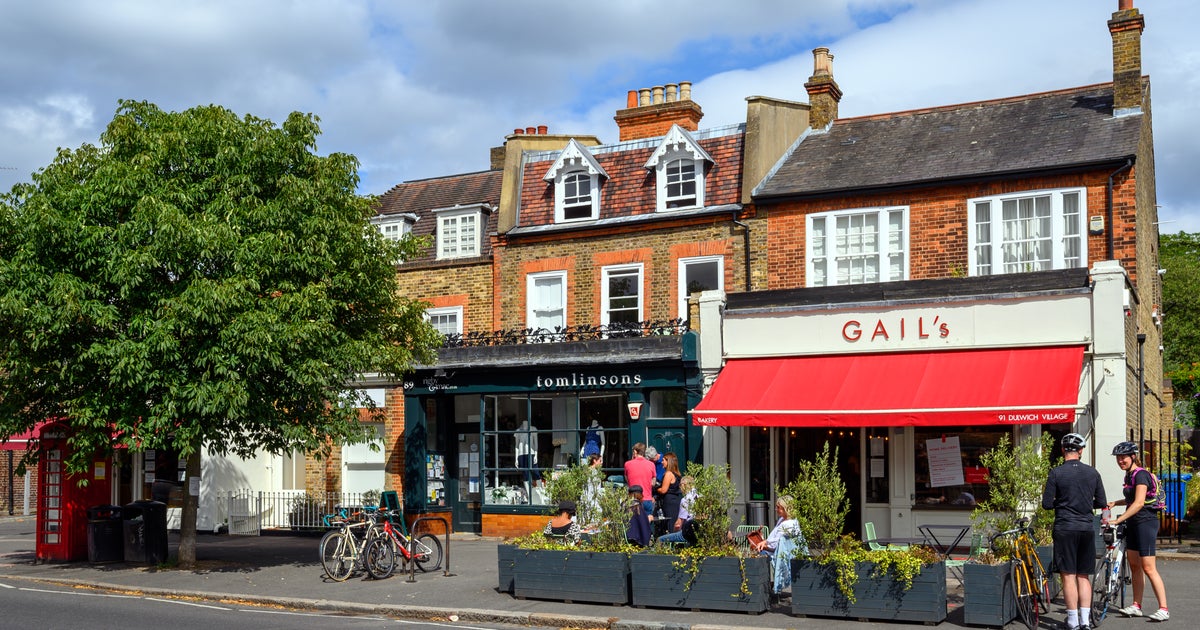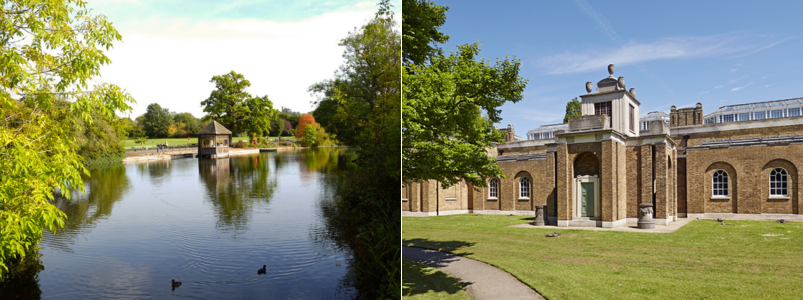Description

History
Dulwich was first recorded in 967 when King Edgar granted the land to one of his earls. It remained a small rural hamlet and was seized by King Henry VIII in 1538, then sold. In 1605, Edward Alleyn purchased it, marking the start of the charitable foundation and the Dulwich Estate. This entity has owned and managed much of the area, leading to a conservation approach that retained the 'village' feel. Notable buildings, including Belair House, the Dulwich Picture Gallery, and Dulwich College, add to the unique appearance of Dulwich Village. As with much of South London, the arrival of railways in the 19th Century spurred the expansion of Victorian suburban terraces in East Dulwich, primarily around Friern Manor Farm and the Bowyer-Smith estate, linked at the current Lordship Lane.
Leisure & Amenities
Things to do in Dulwich:
- Dulwich Village
- Dulwich Picture Gallery
- East Dulwich Picturehouse
- Village Books
- Dulwich Park
- Dulwich Hamlet football club
- Dulwich Paragon cycling club
- Dulwich Festival

Top 5 Dulwich Cafes and Restaurant:
- Rocca Di Papa – Italian Cuisine
- Colicci - The Dulwich Clock Café
- Manuel’s Restaurant and Bar – Italian & Mediterranean
- French Café Bistrot
- Harri’s Kitchen – Café, Coffee & Deli
- Brick House Bakery & Café
- Crown & Greyhound pub
- The Lordship Pub
- East Dulwich Tavern
- The French House
Transport
East Dulwich and North Dulwich stations provide trains to London Bridge.
West Dulwich station is on the line to Victoria and Blackfriars
The South Circular Road runs through Dulwich as do numerous bus routes.
Education
Dulwich is known for its independent schools at Dulwich College, James Allen's Girls' School, Alleyn's School

